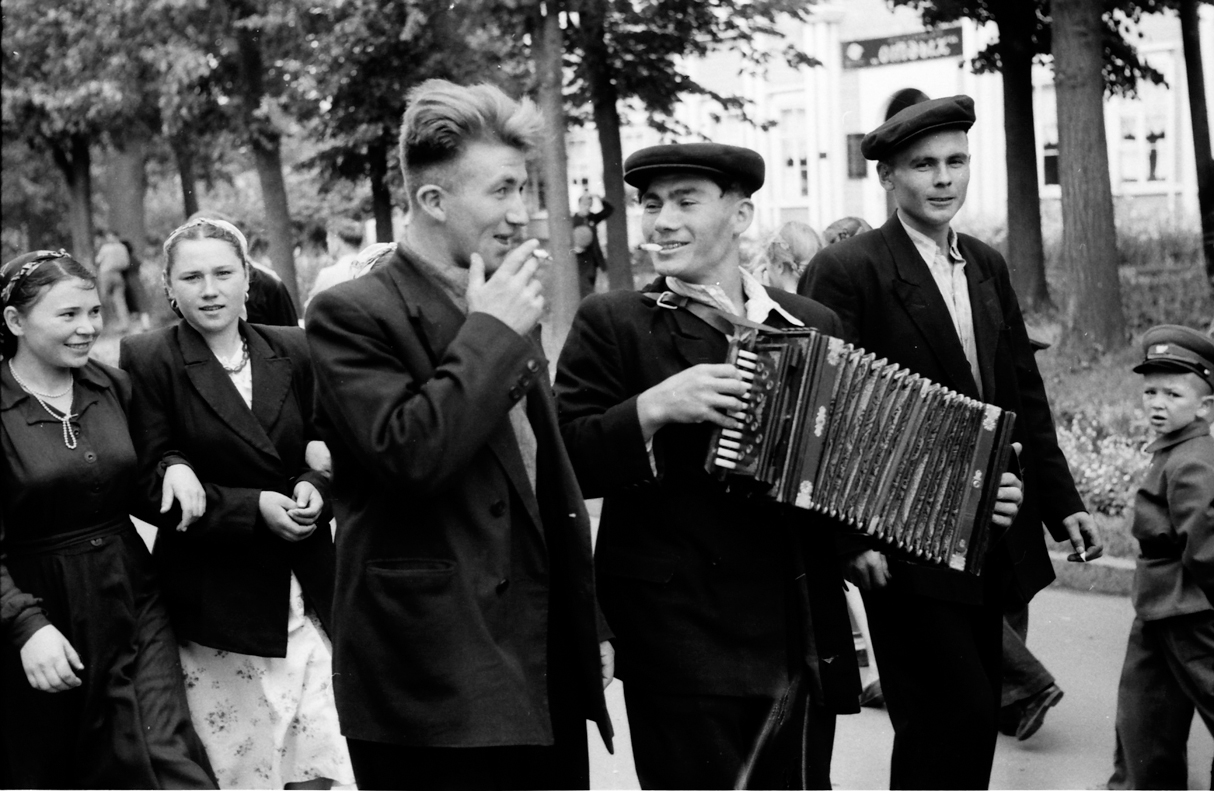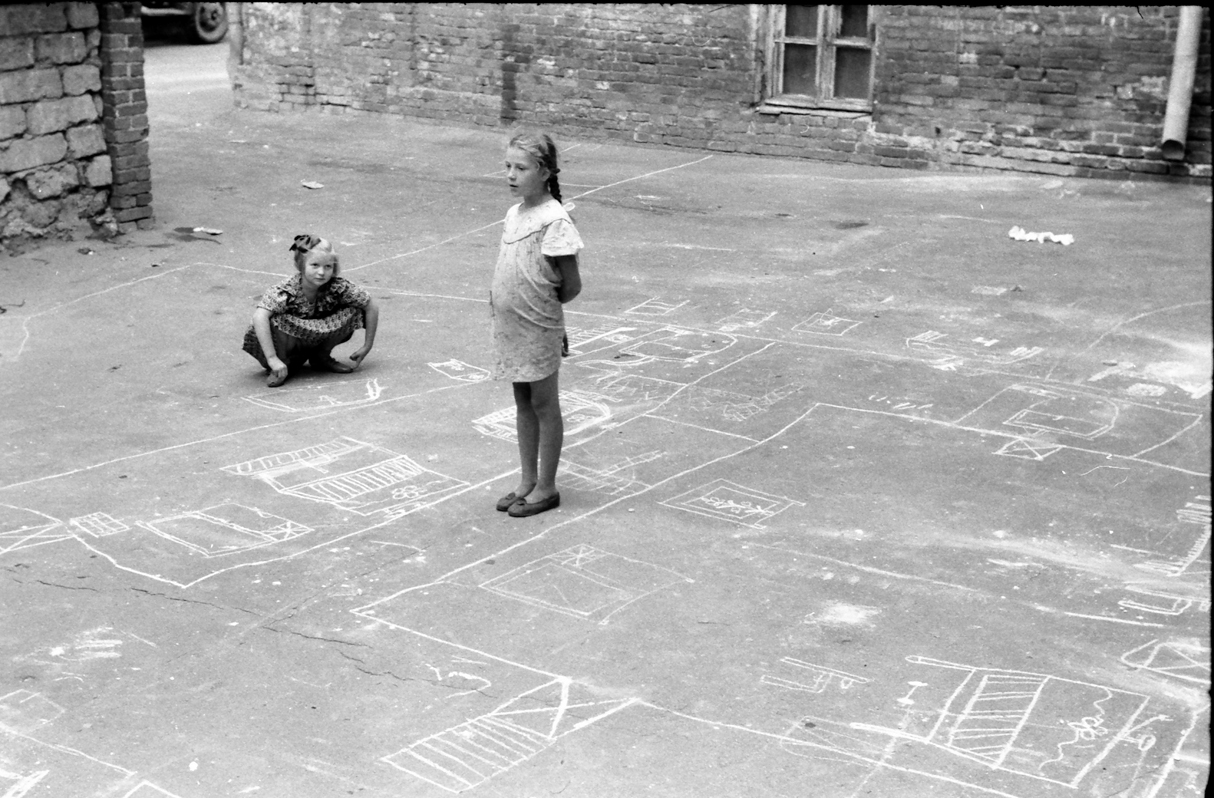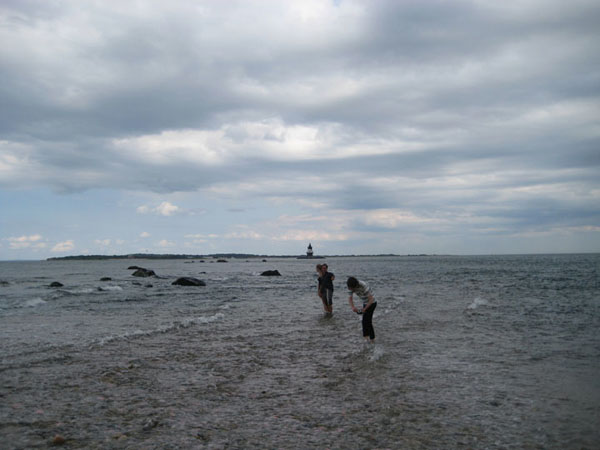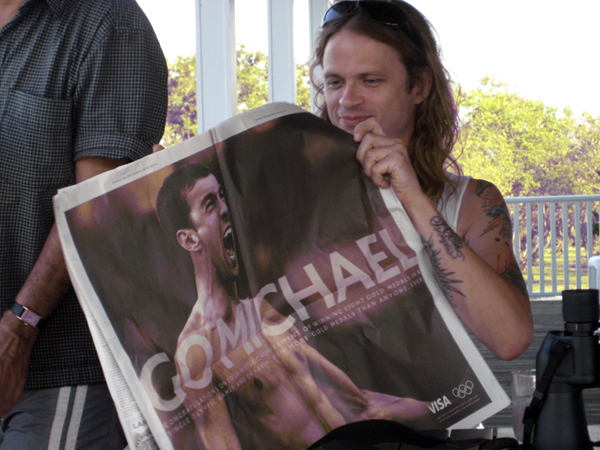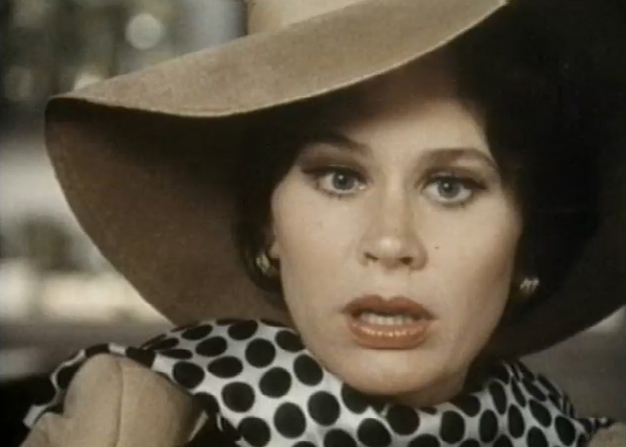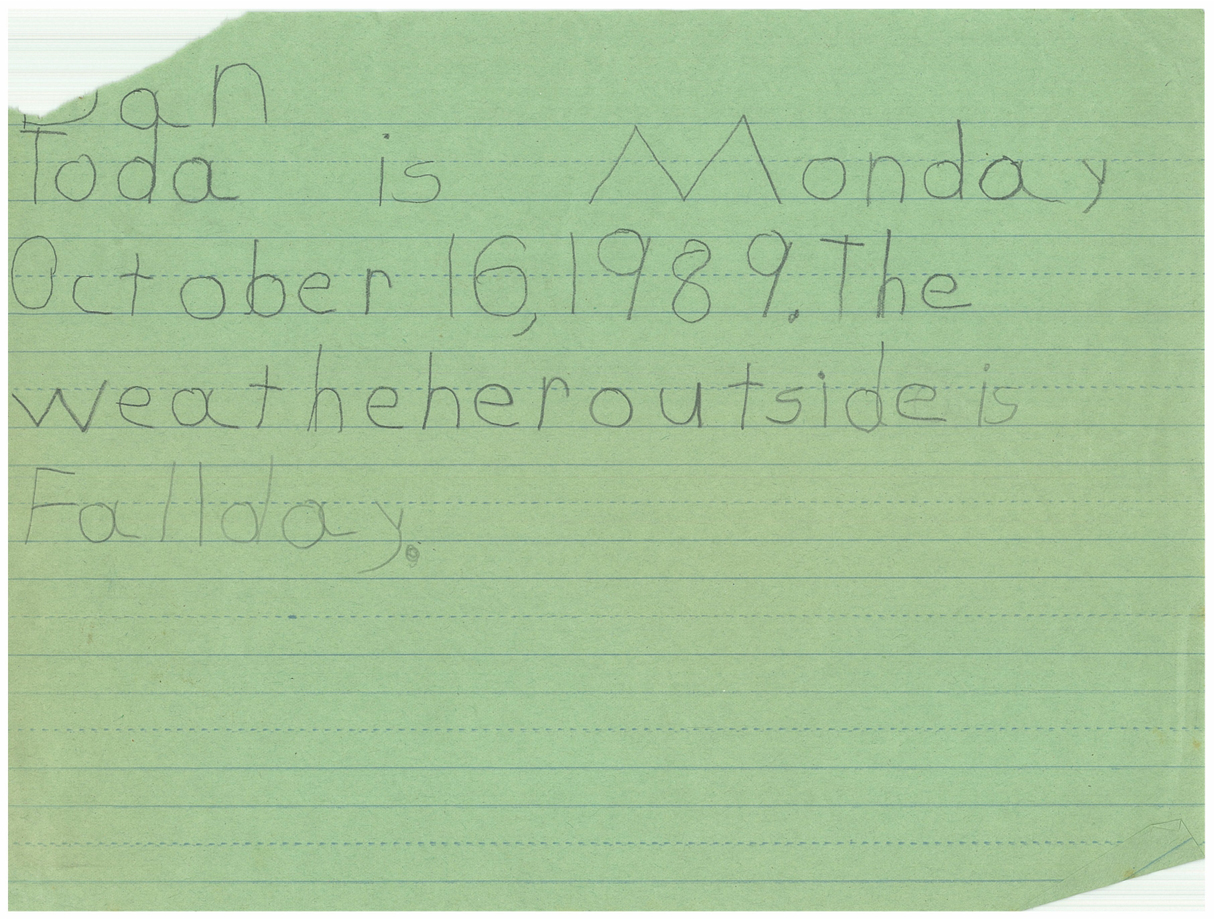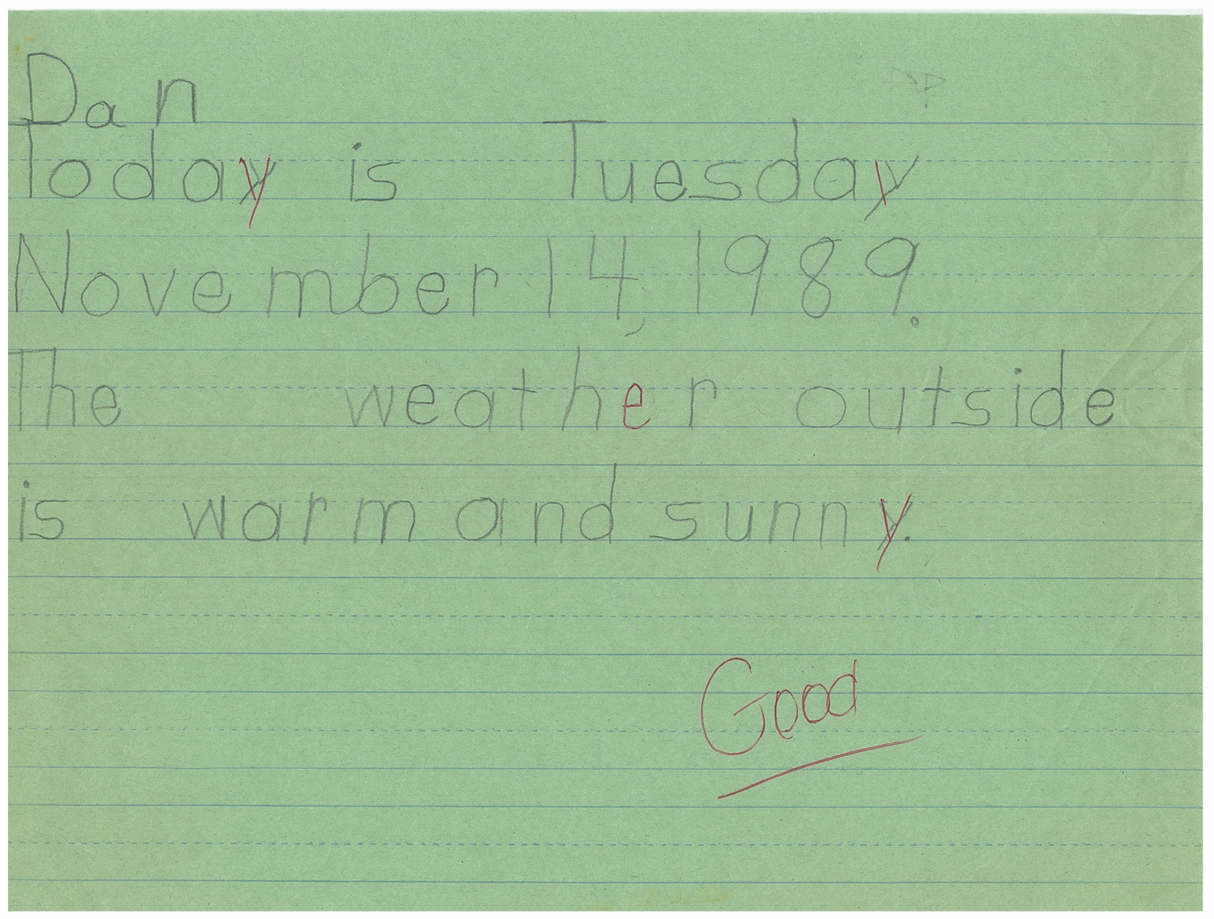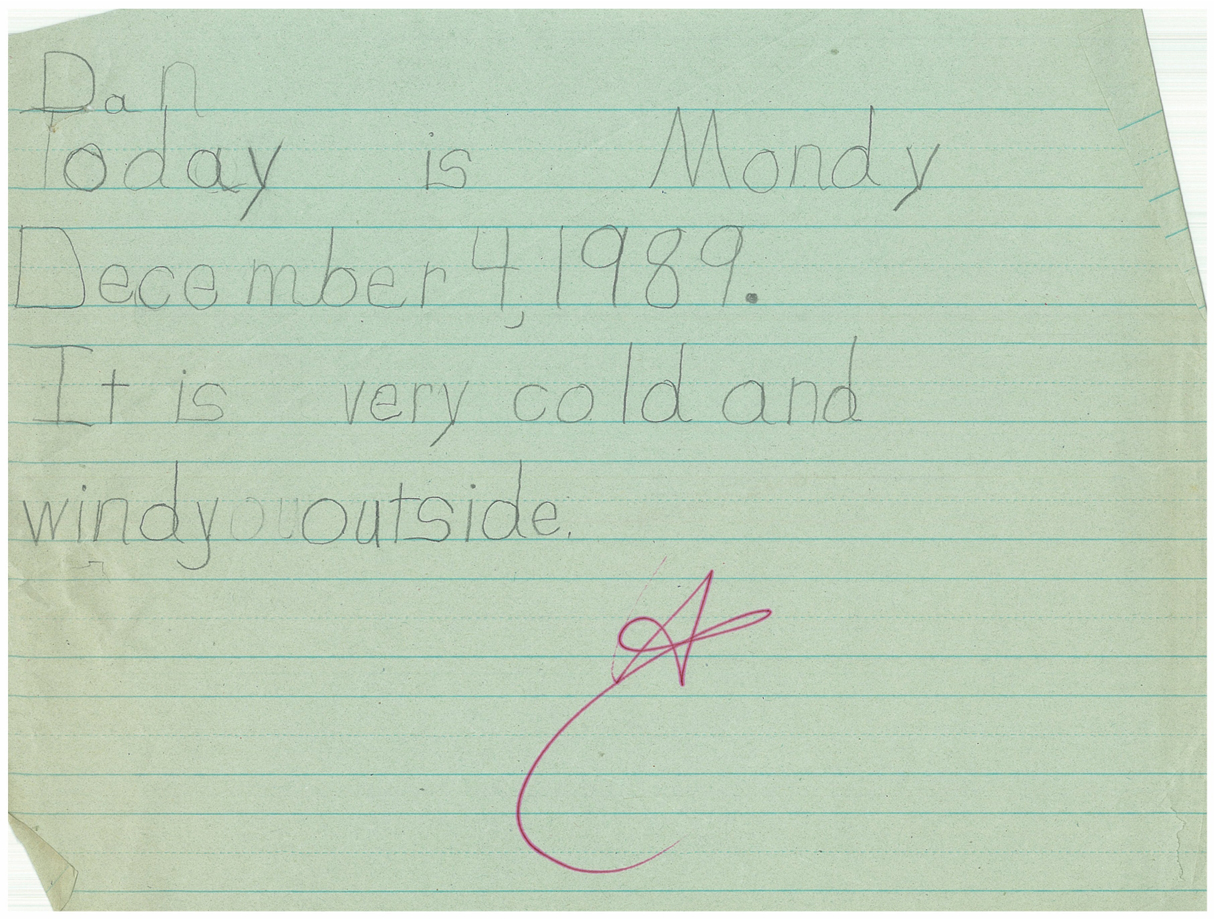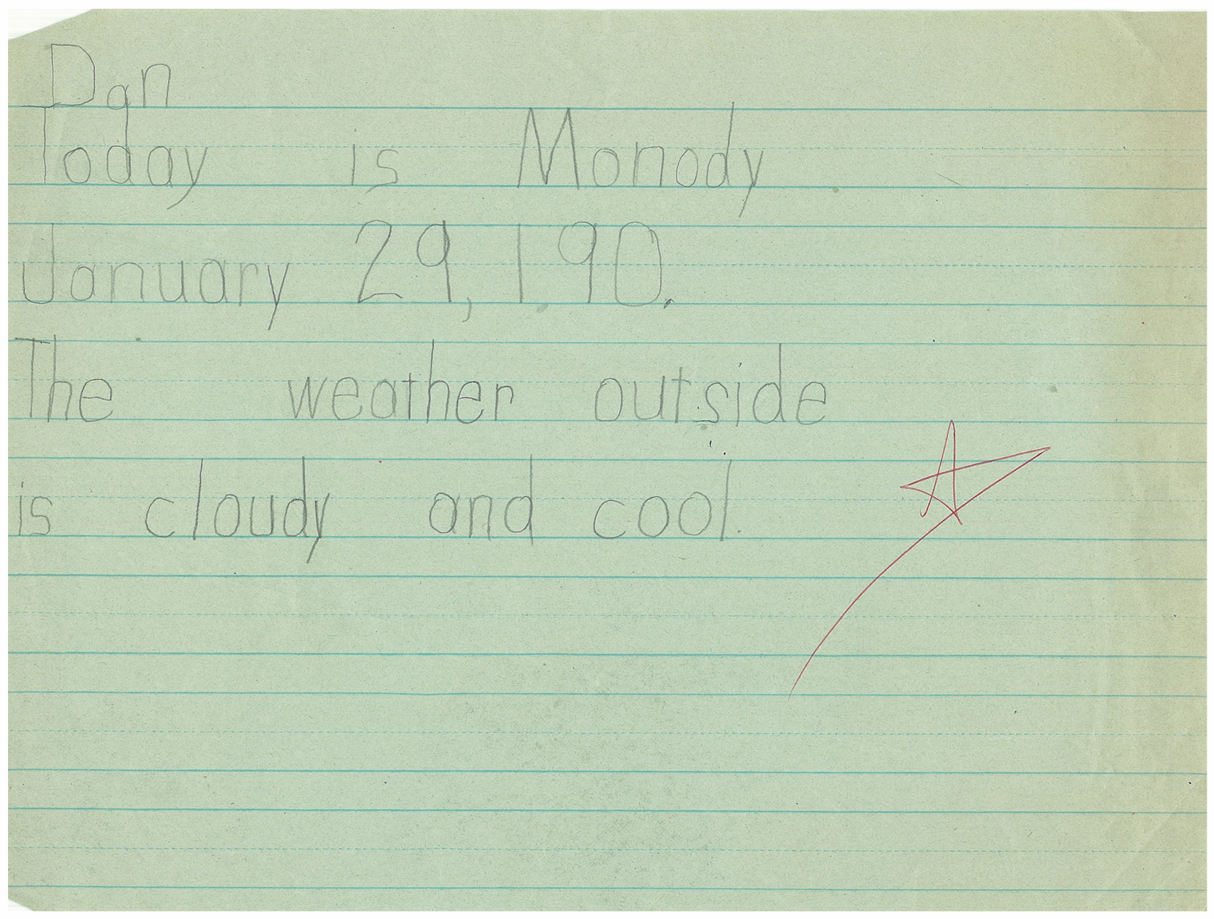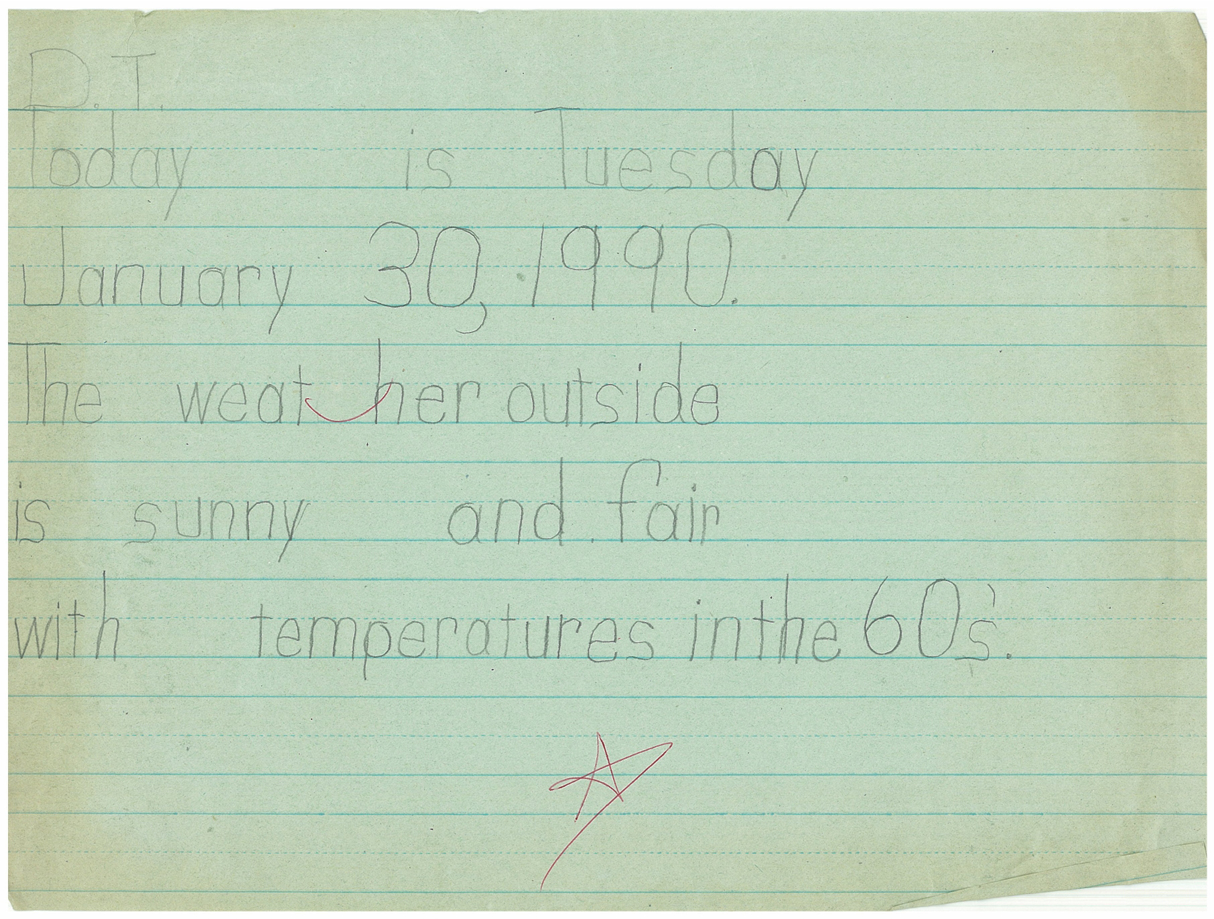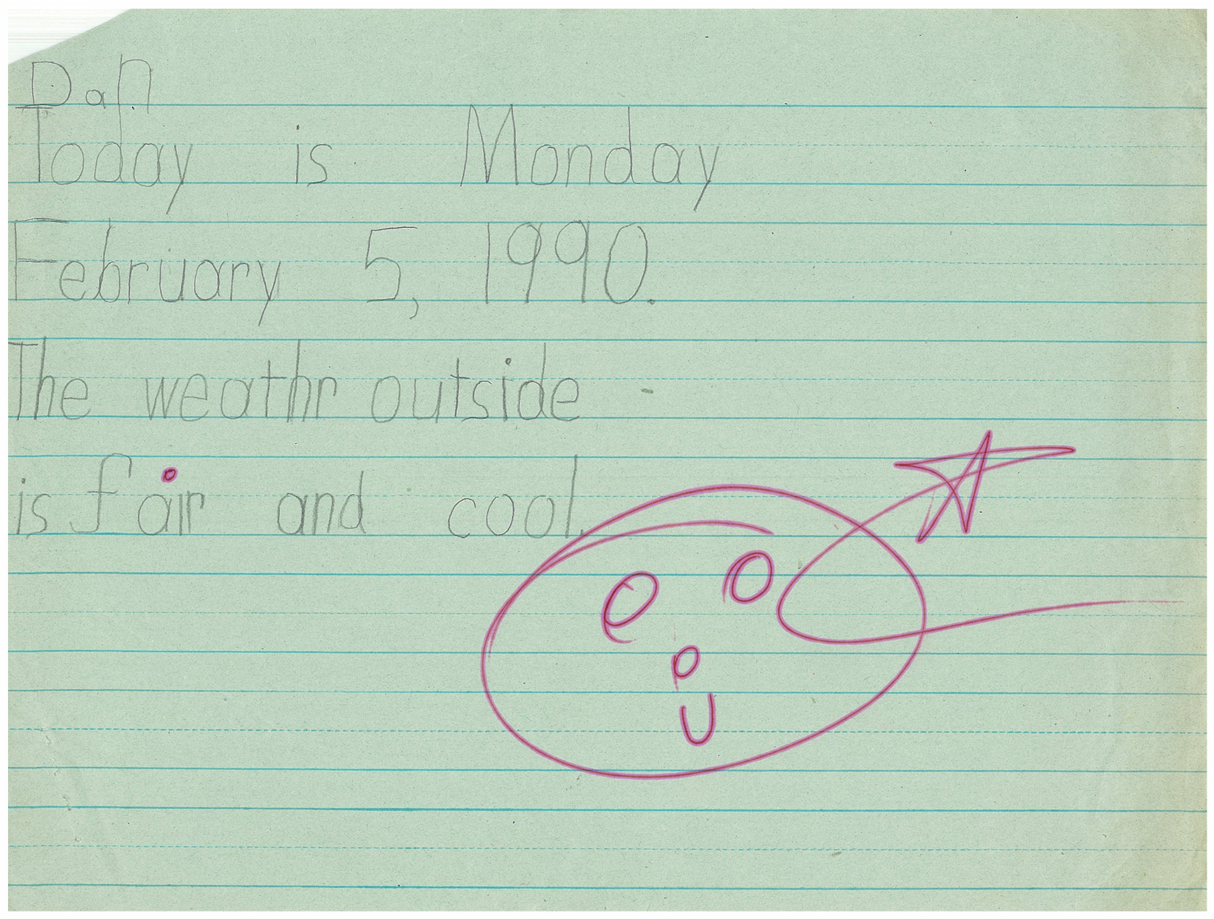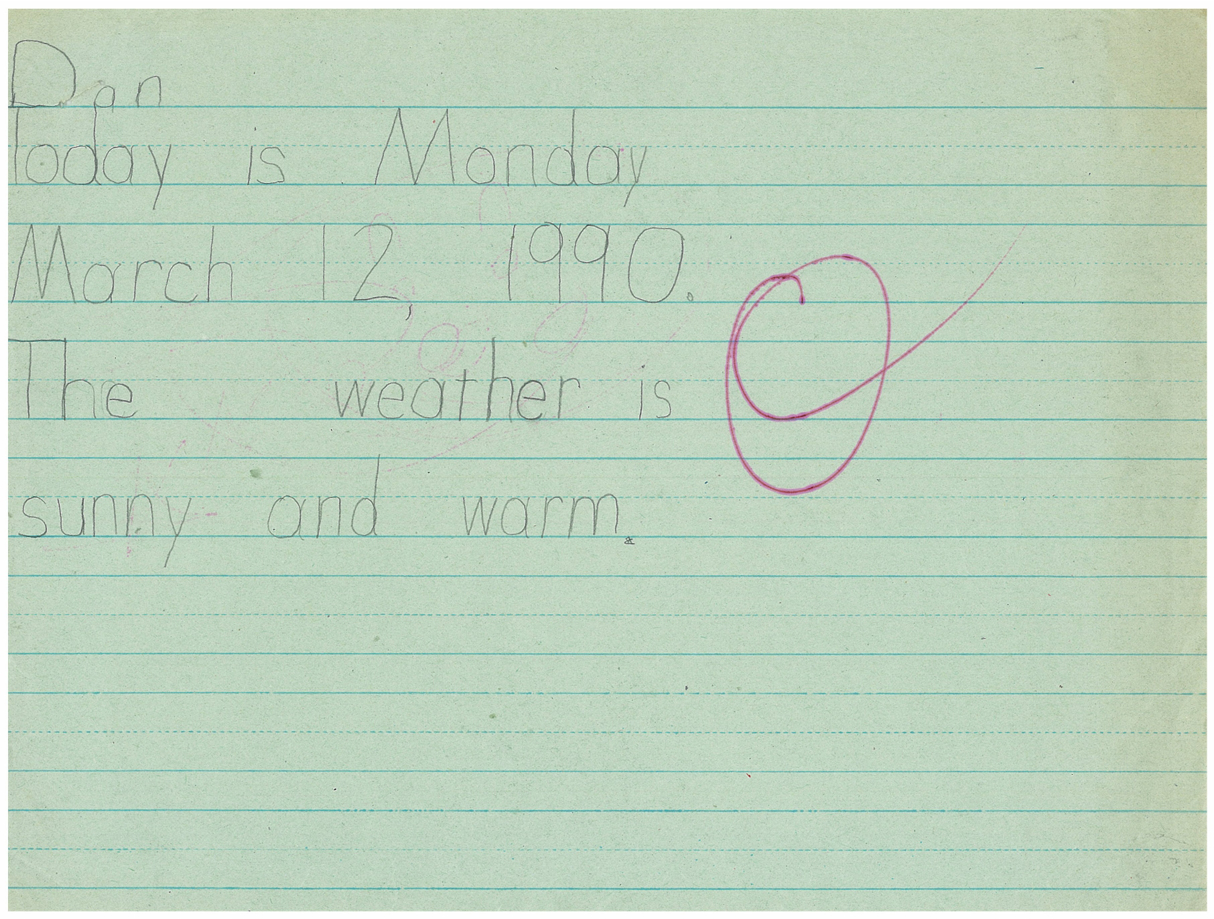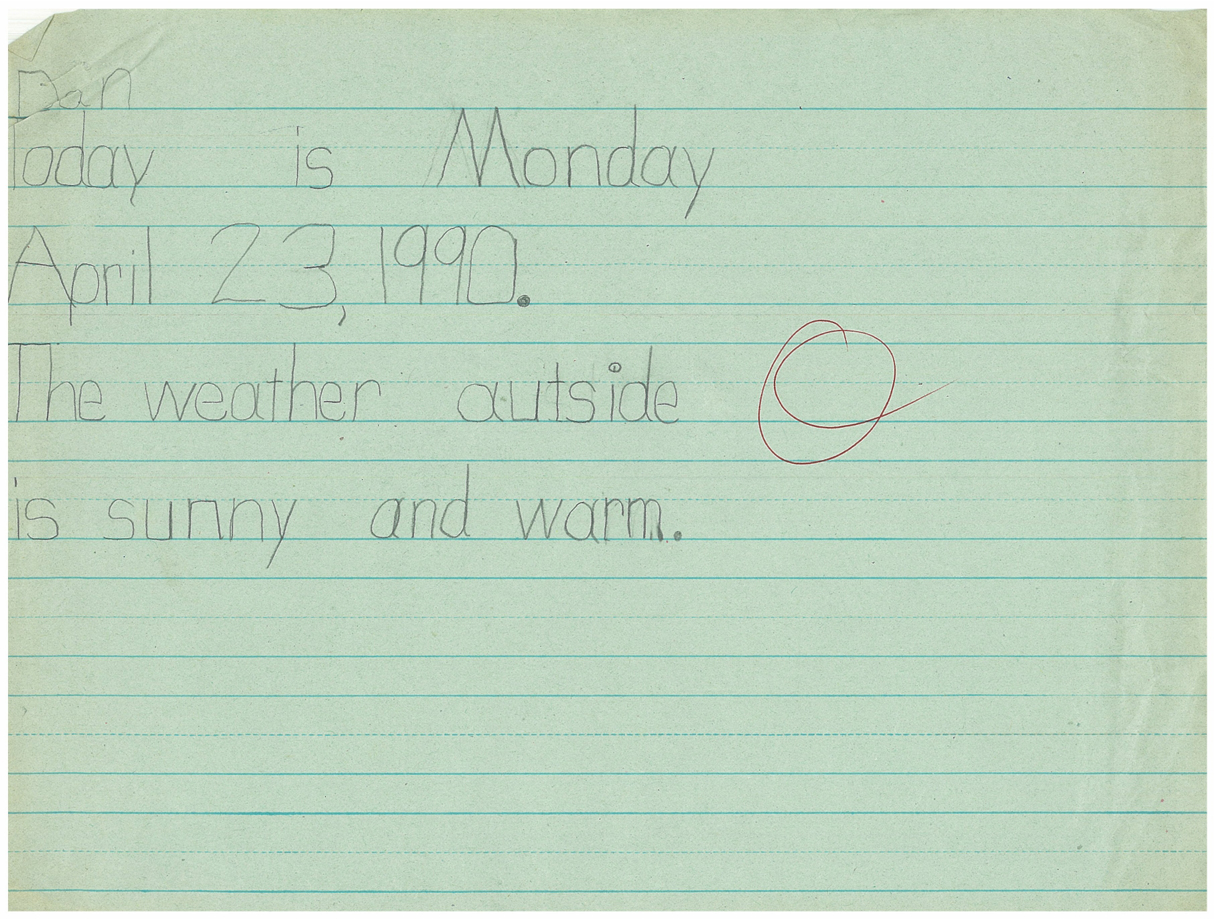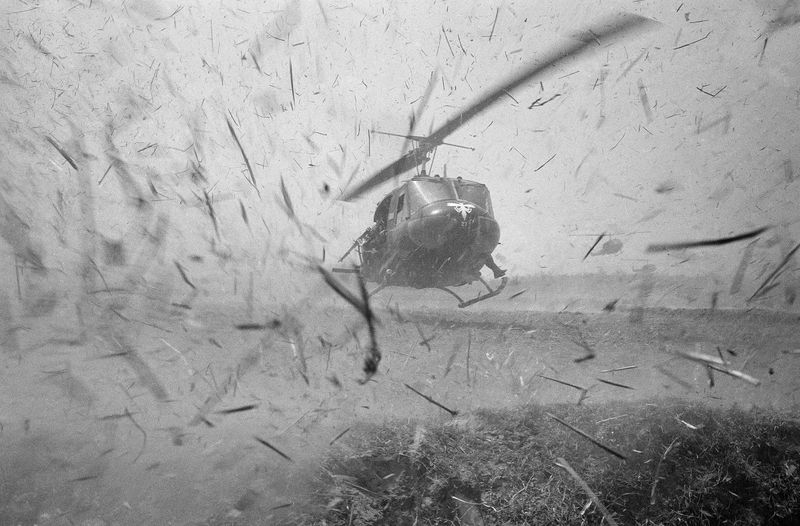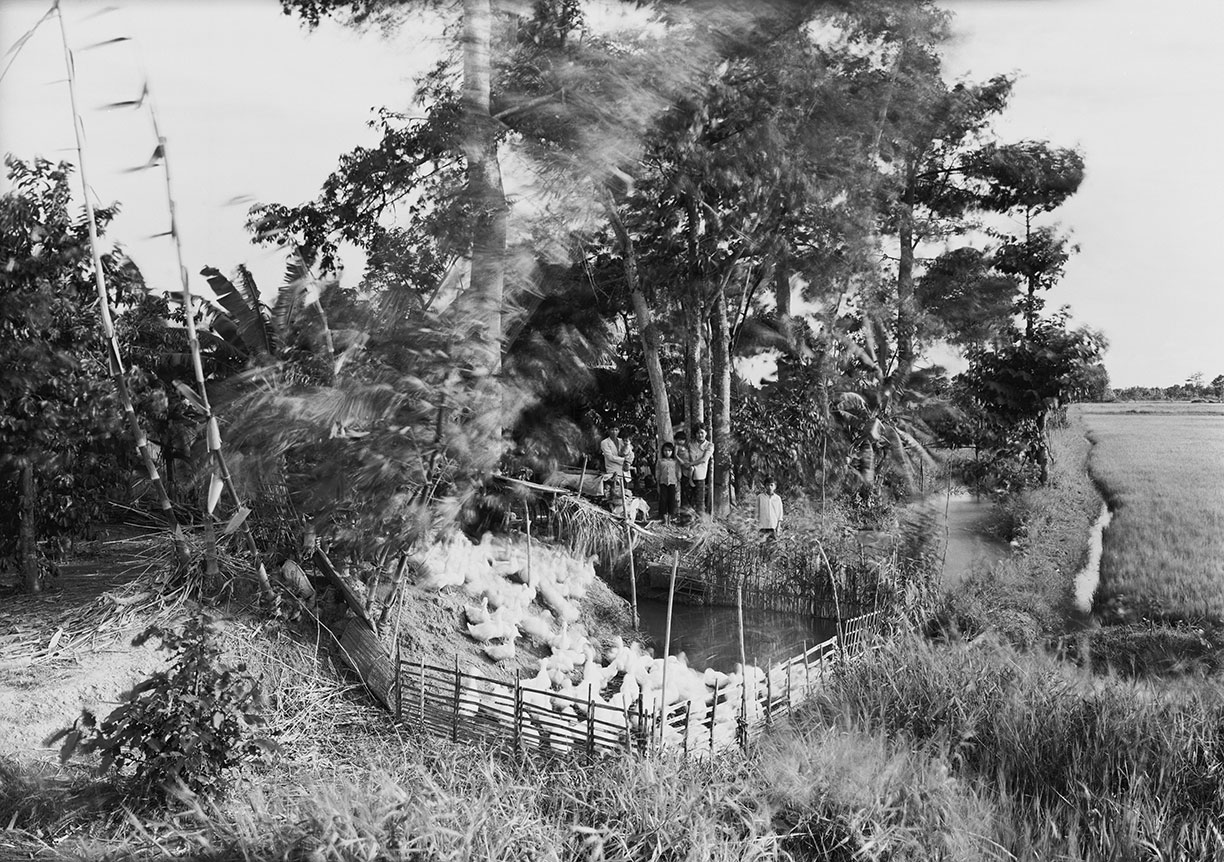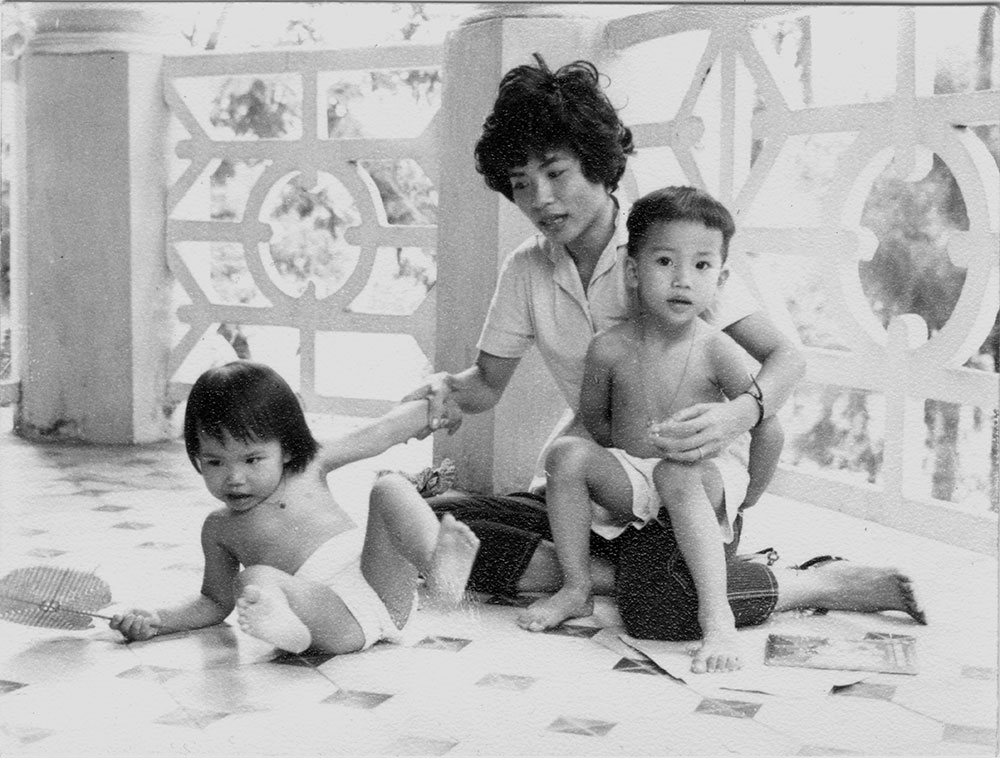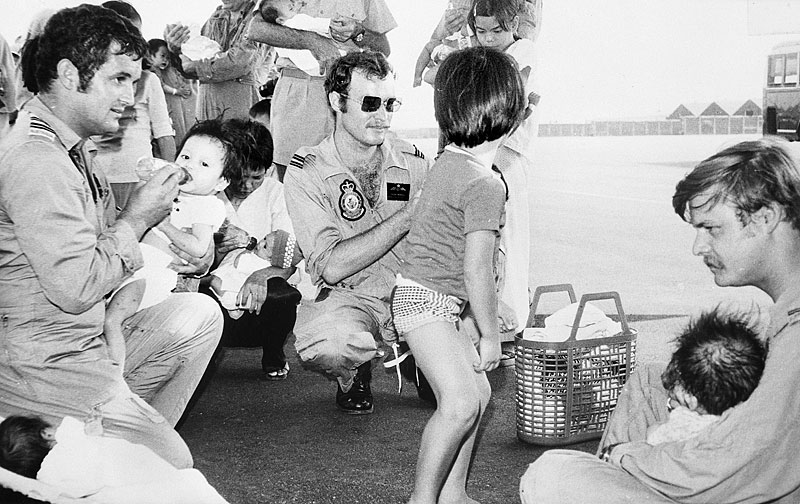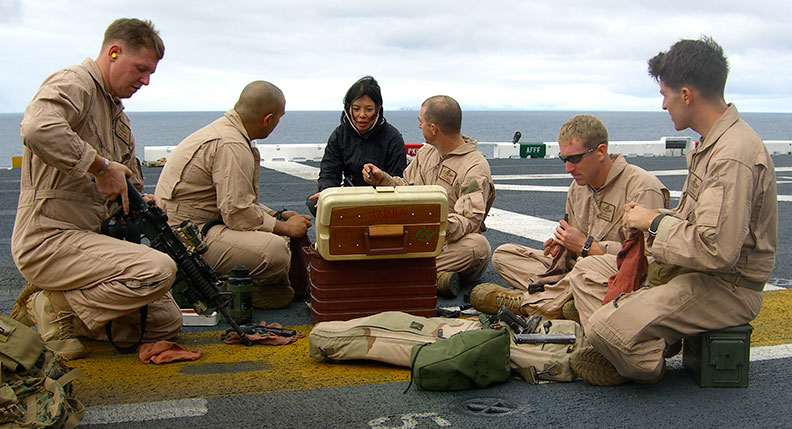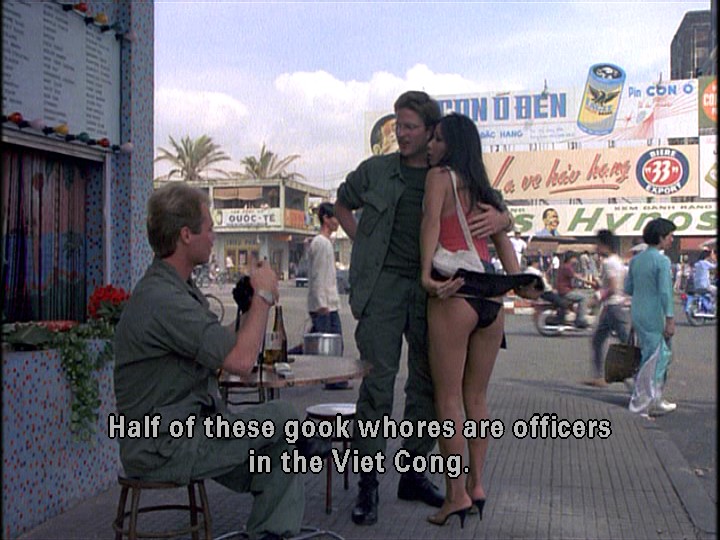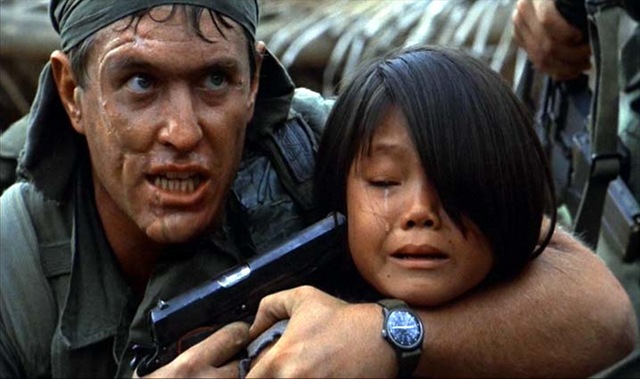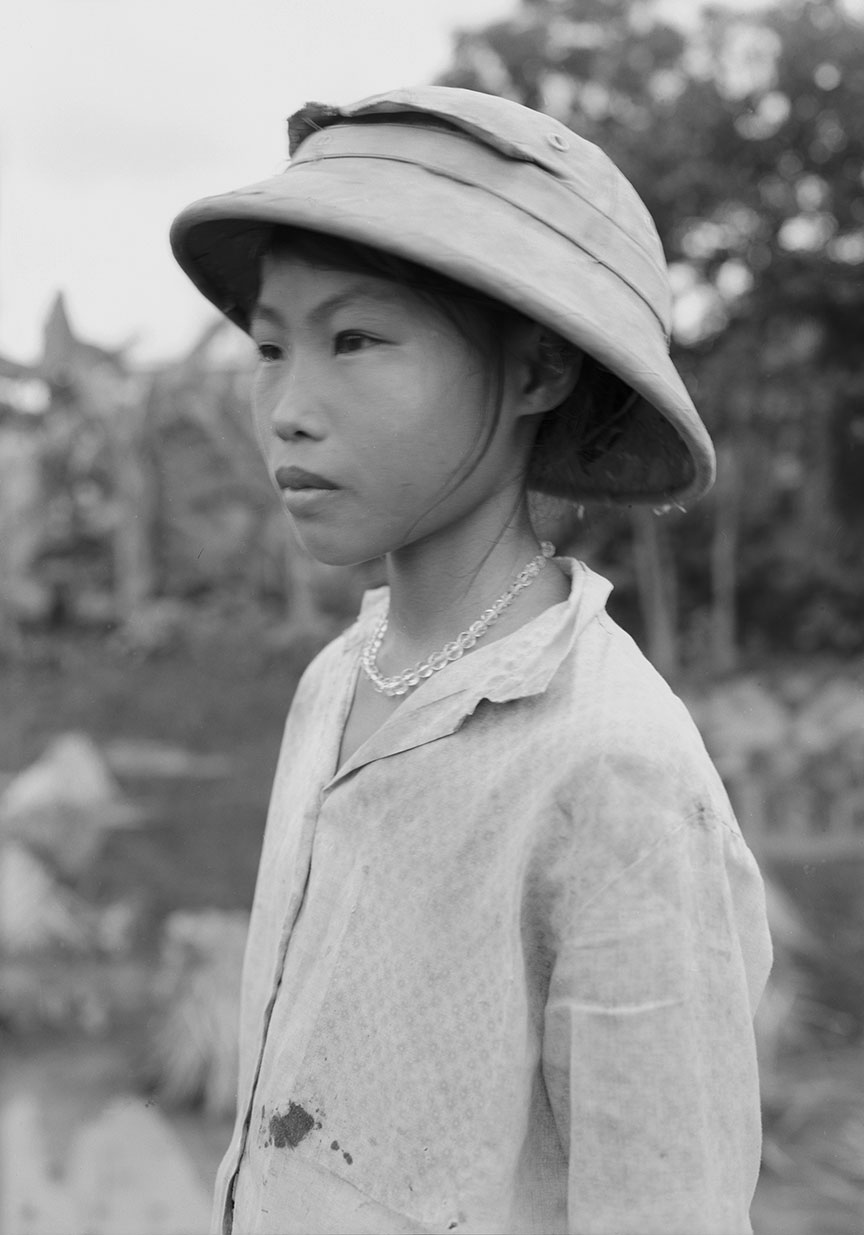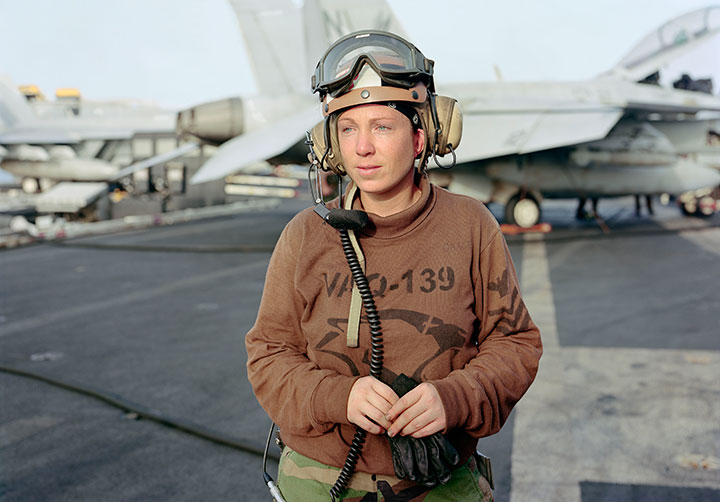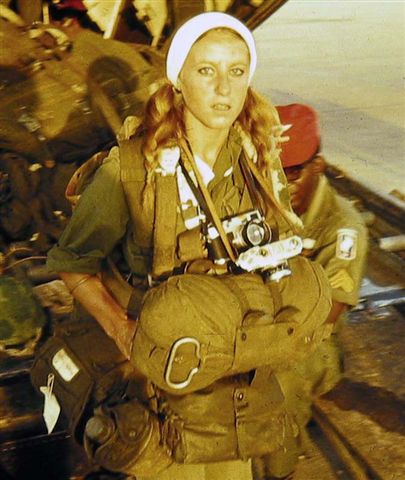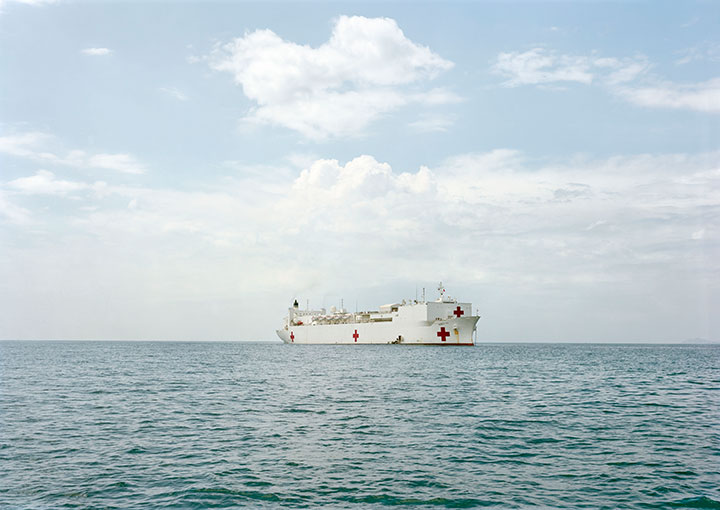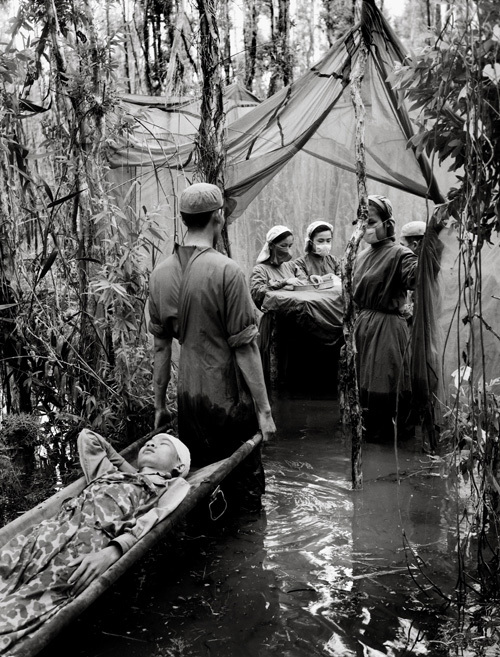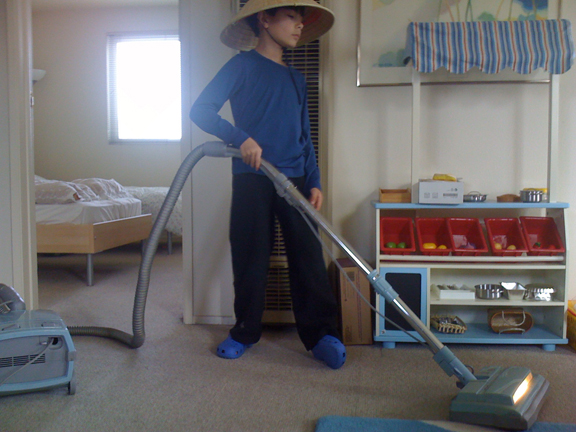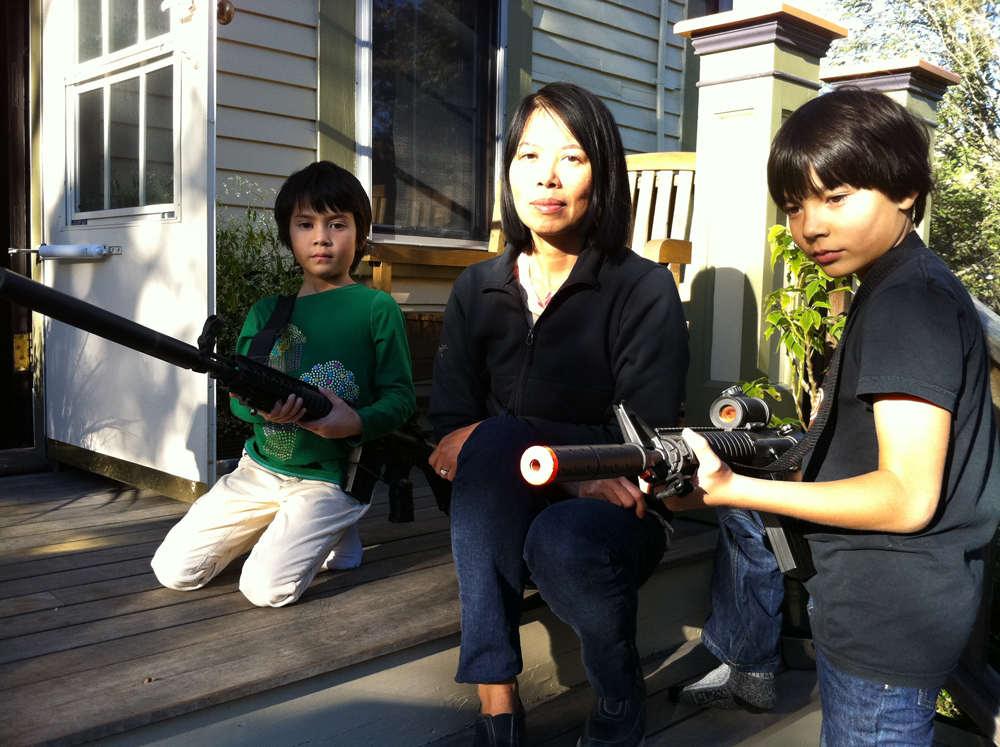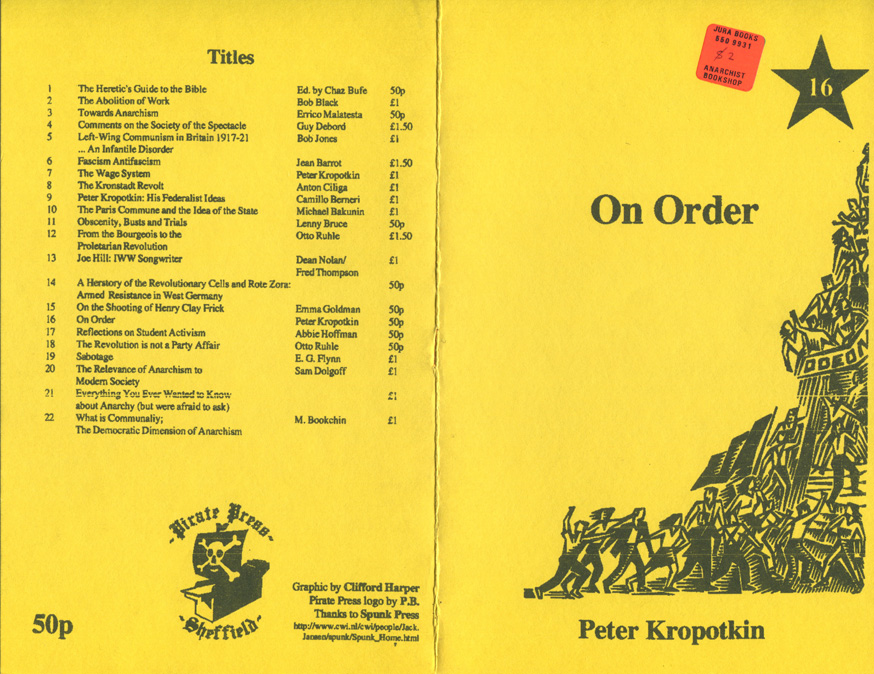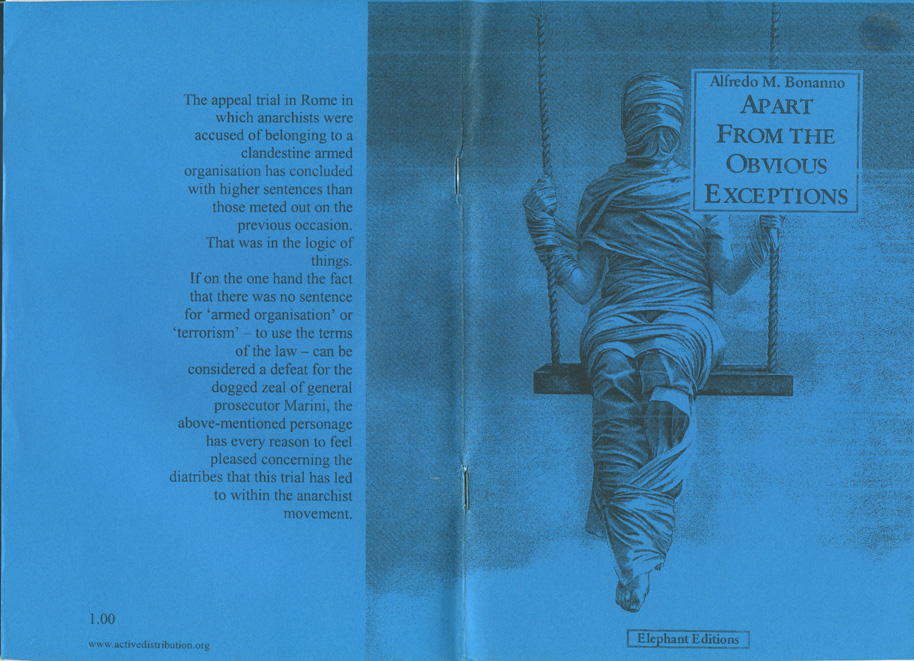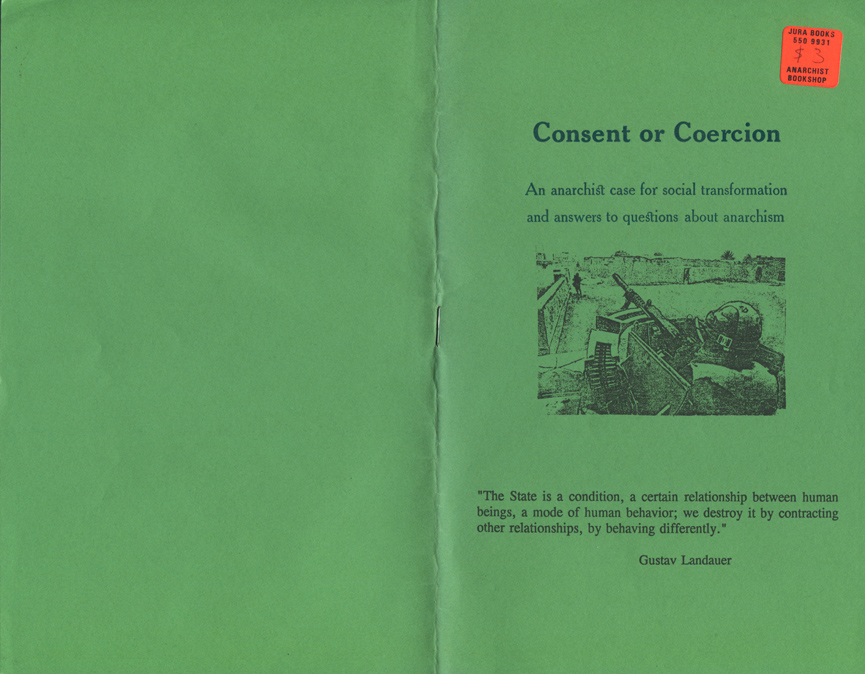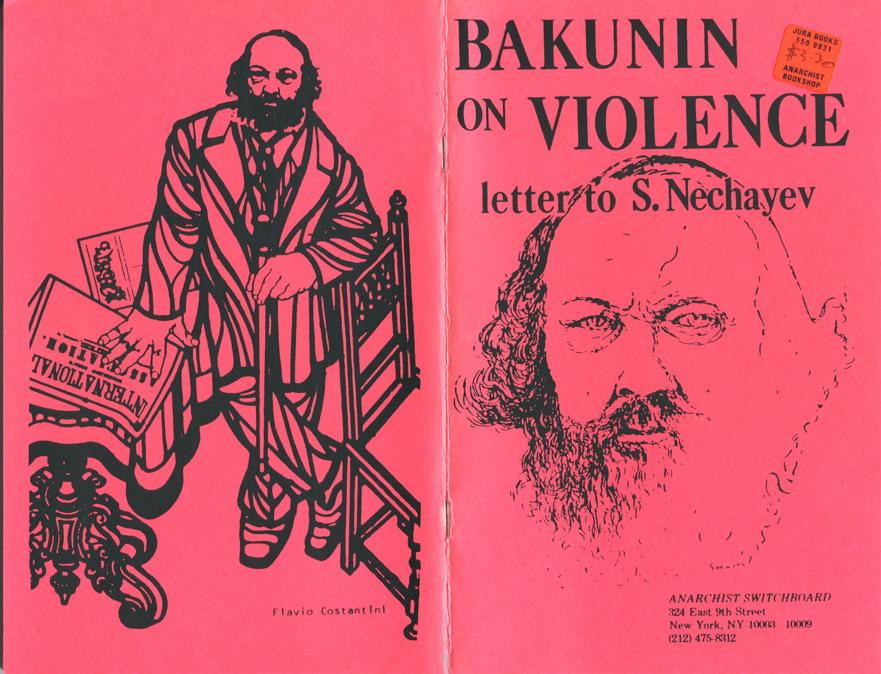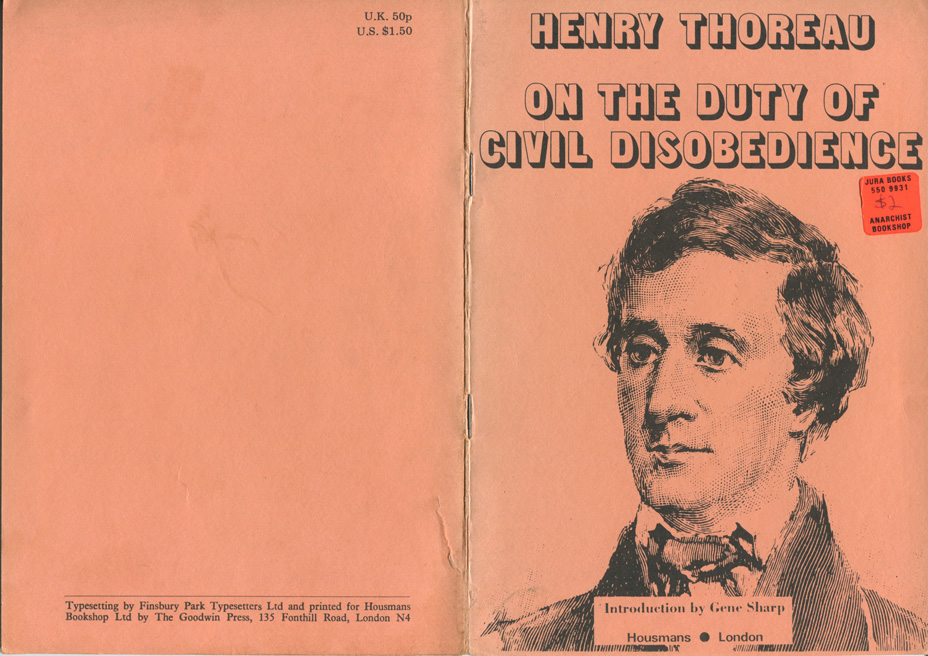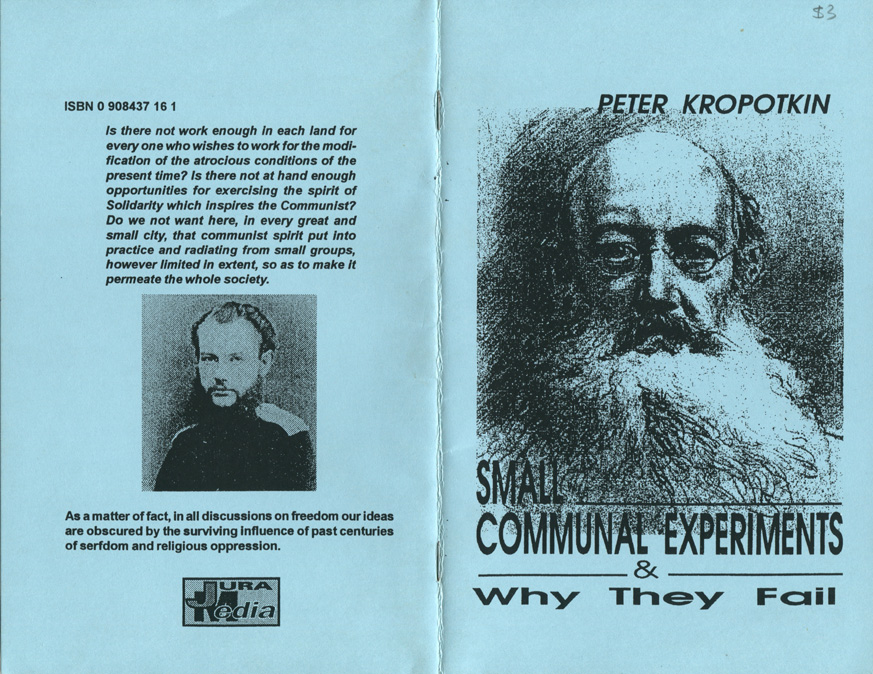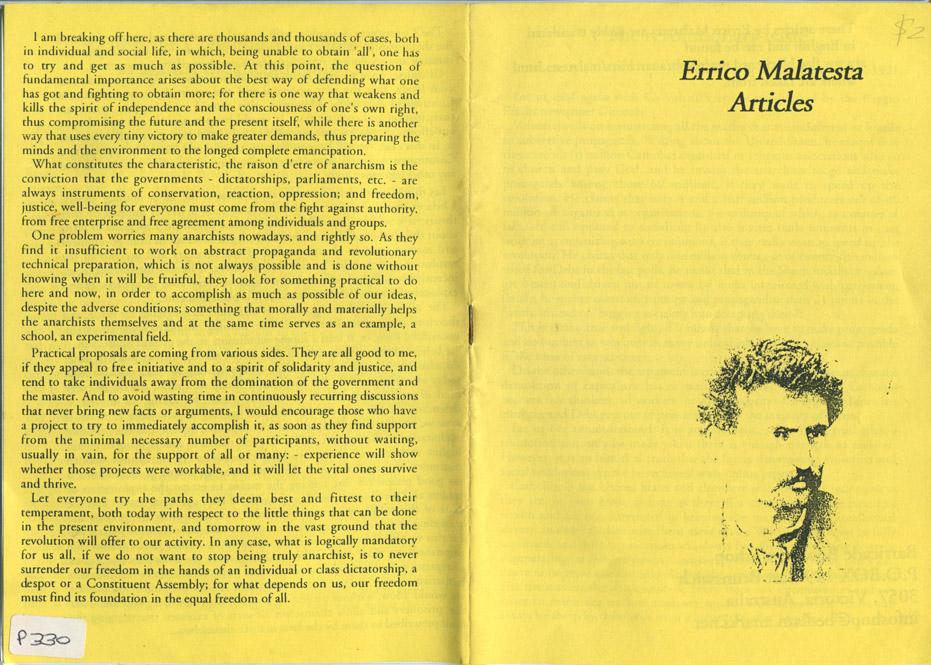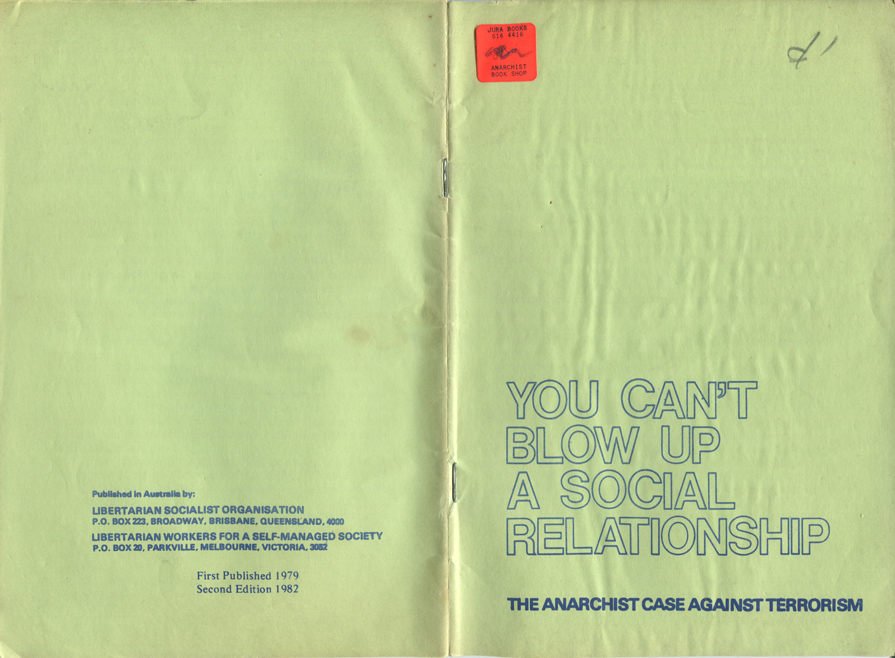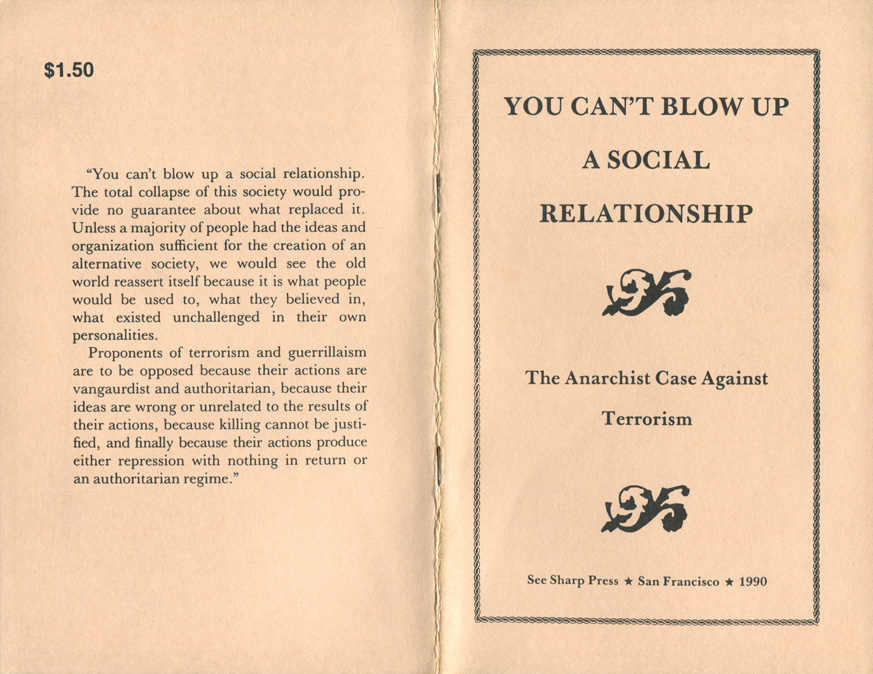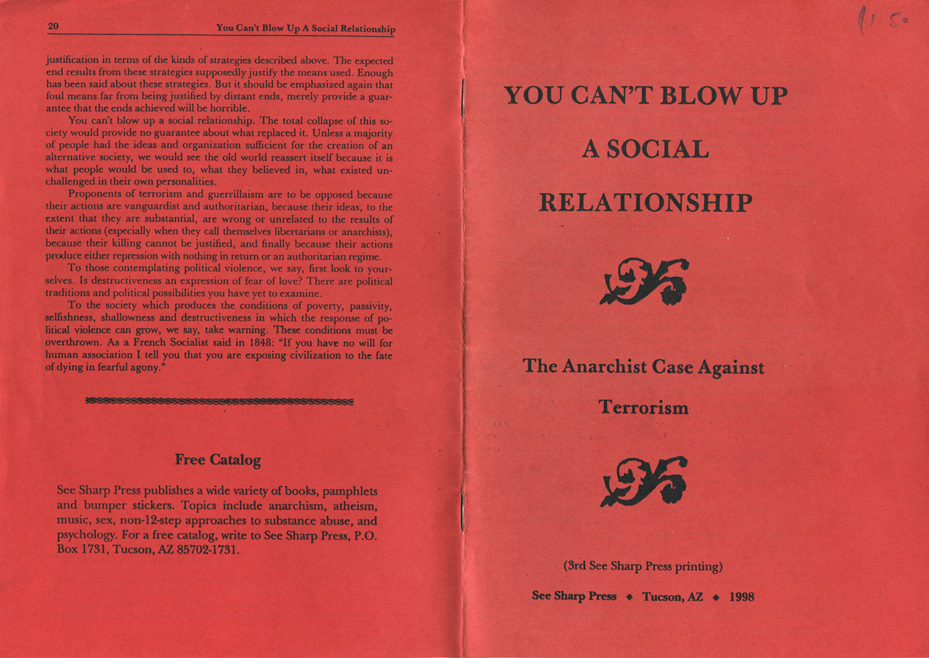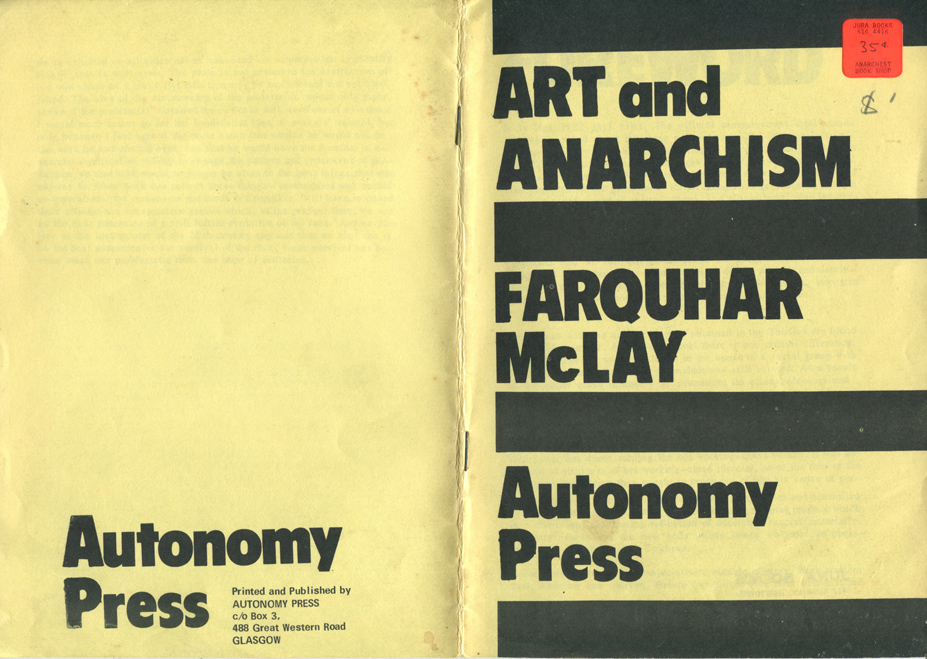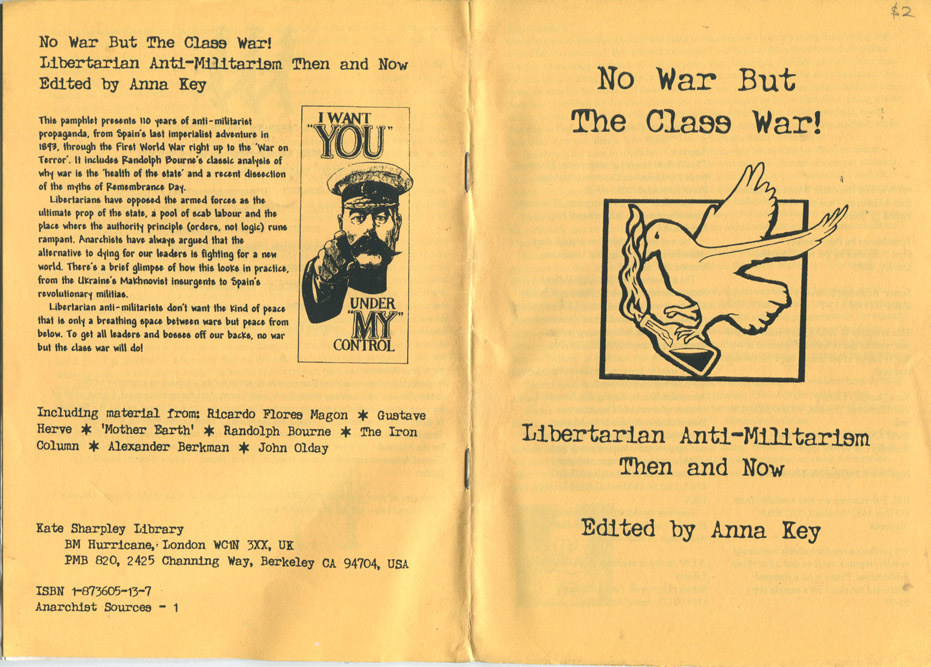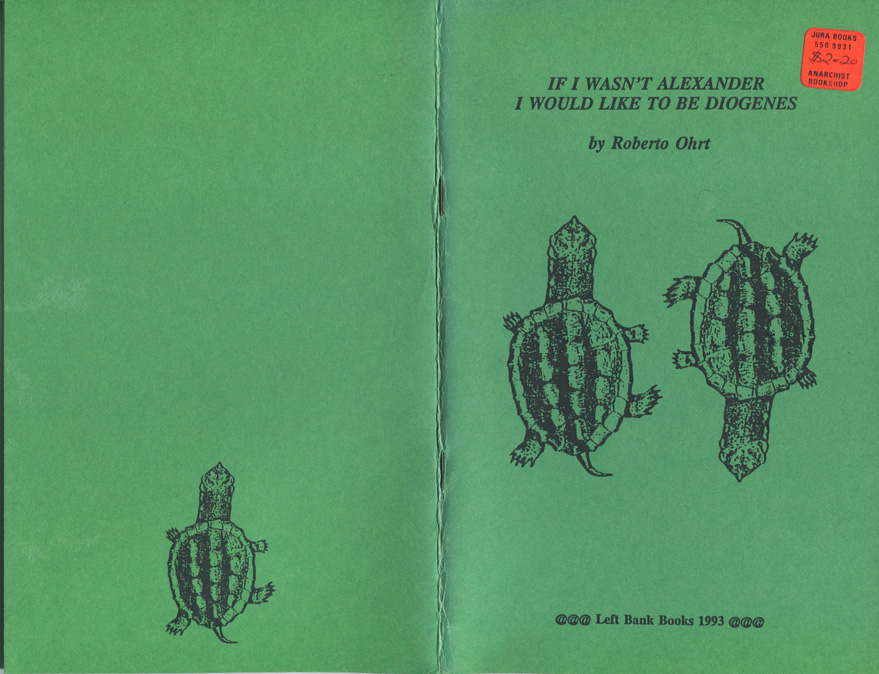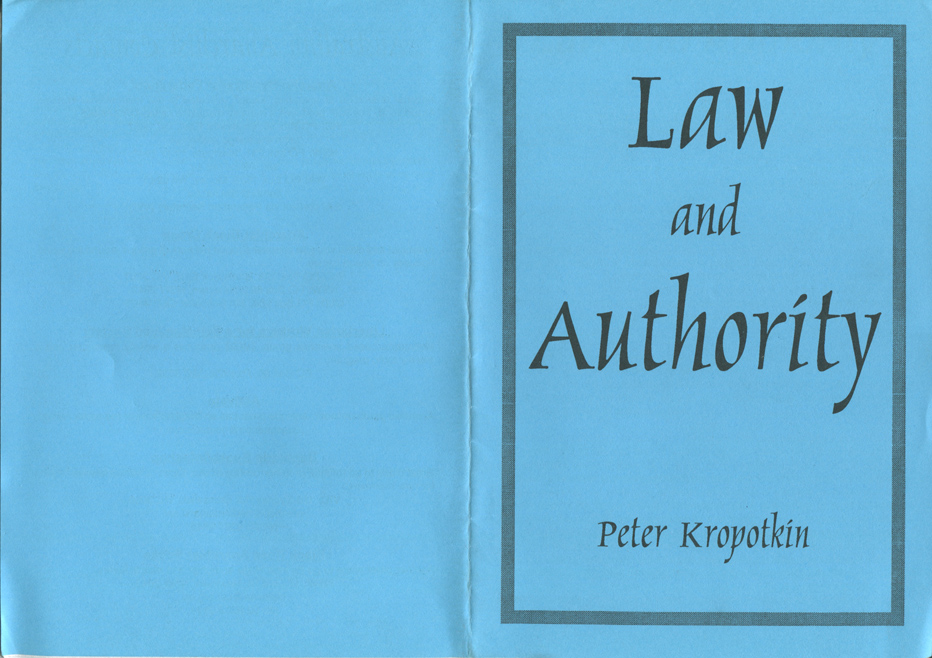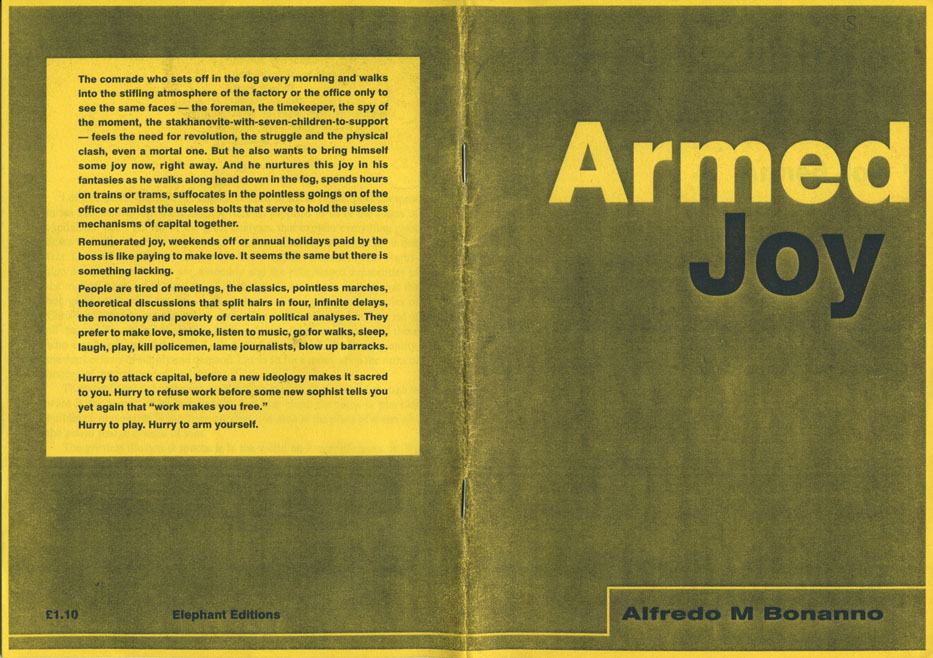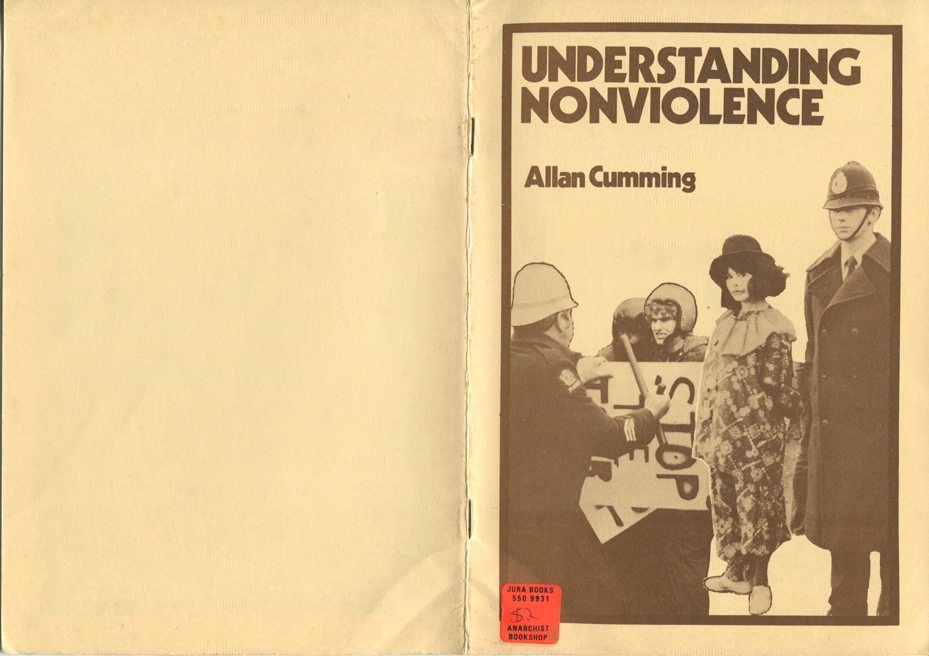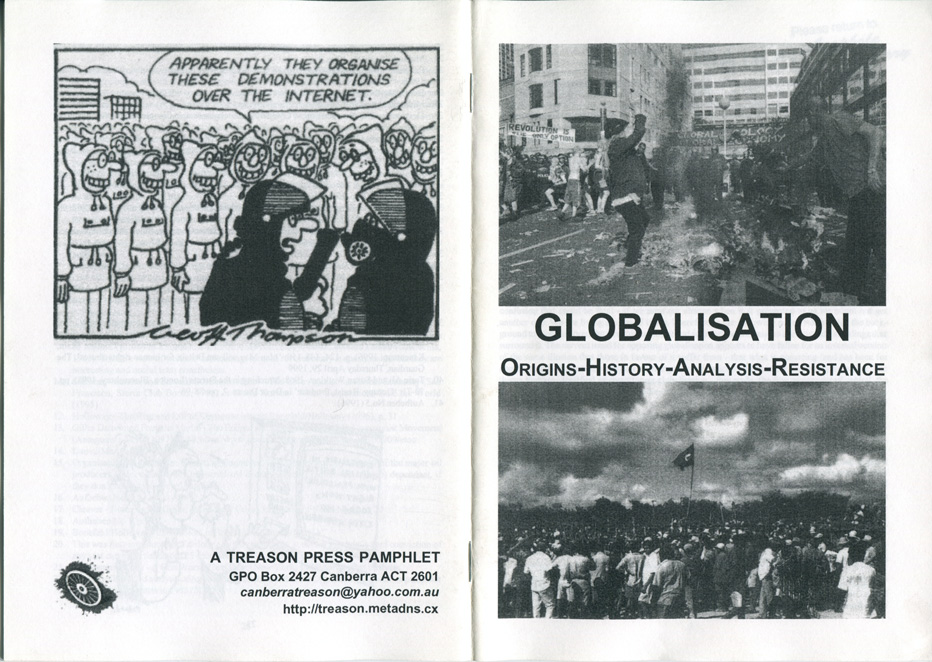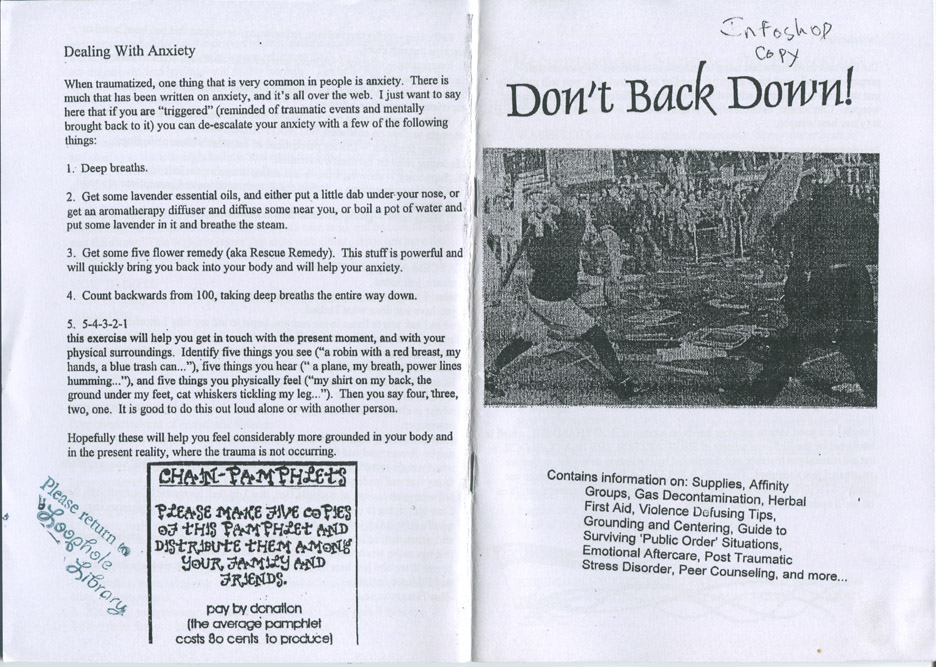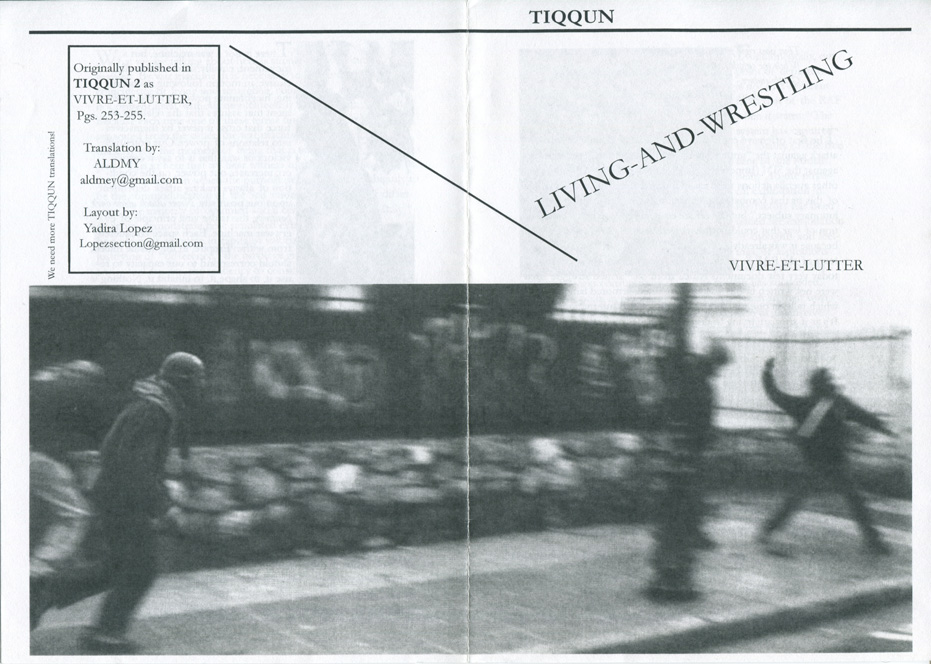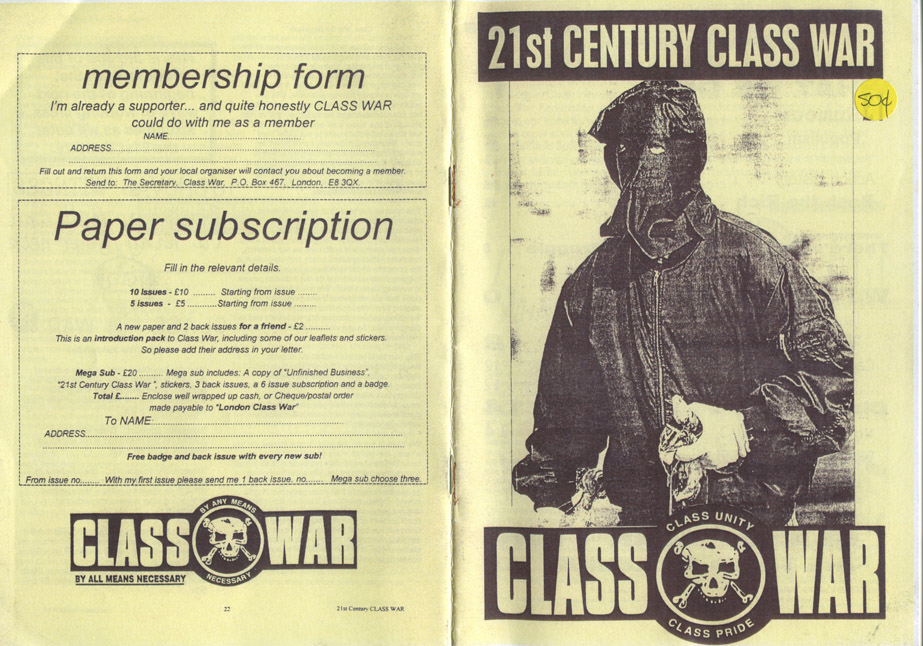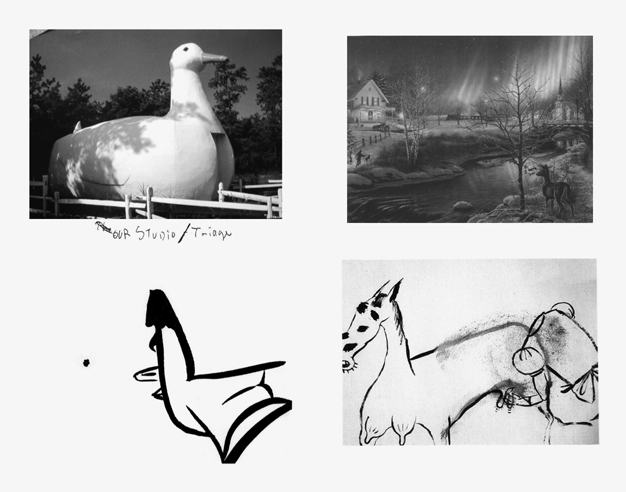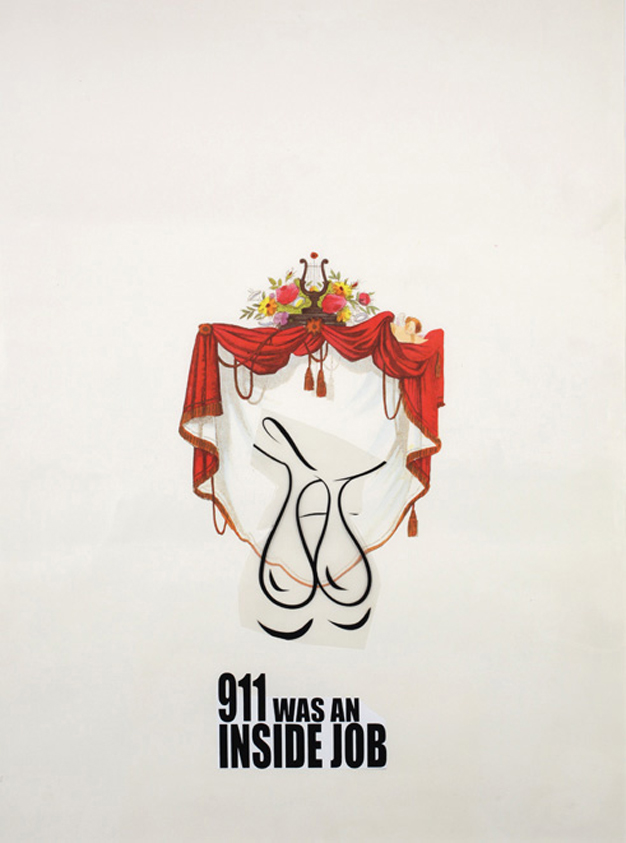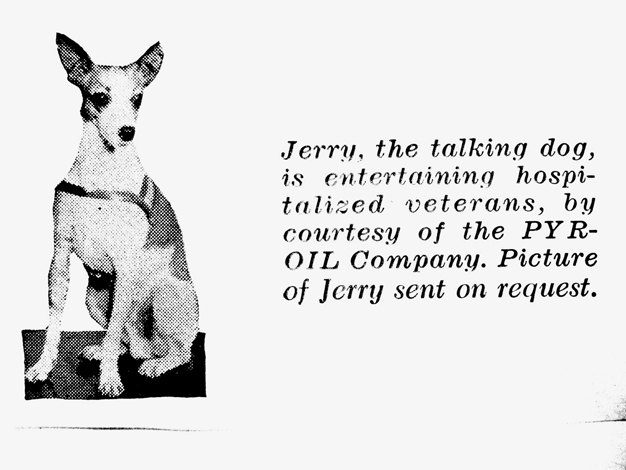— Along with the cairn at Kilmartin Glebe, the Nether Largie Cairns, mid, north and south, make up the Linear Cairn-cemetery running along the floor of Kilmartin Glen, Argyll. They are tombs that once contained inhumations dating from the Neolithic and bronze age. For those researching the sites; the still unexplained ‘cup and ring’ marks, carved by Neolithic peoples into rocks here and at nearby locations, form one of a number of sites of extensive archaeological interest in the area. Manchester based sound artist Lee Patterson was invited by Arika and NVA to produce a series of outdoor sound installations in and around Kilmartin Glen. For several months Lee gathered field recordings from the area using air mikes, hydrophones and contact microphones, I accompanied Lee on these excursions with thoughts towards producing a portrait of the process (which eventually morphed into A Grammar For Listening Part 1, 2009). Though Lee preferred in most cases not to ‘play’ or make interventions whilst recording in the sites, in this instance he considers possibilities for a version of Christian Wolff’s seminal text score Stones – the instructions of which read:
“Make sounds with stones, draw sounds out of stones, using a number of sizes and kinds (and colors); for the most part discretely, sometimes in rapid sequences. For the most part striking stones with stones, but also stones on other surfaces (inside the open head of a drum for instance) or other than struck (bowed for instance, or amplified). Do not break anything.” Christian Wolff. STONES, (Prose Collection, 1968-74)
In the covered cairn, utilising locally sourced stones, Lee highlights the distinct acoustic resonances and phasing that can be produced in cramped conditions. Following earlier attempts to interpret the score within quarries and other stone walled enclosures, Lee here uses the stone as a reflective surface, whilst also experimenting with rubbing quartz together, producing a series of shrill shrieks.
The film was shot on one 100ft roll of Fuji colour film with a Bolex H16 and available light. The sound was recorded with a pair of Sennheiser microphones, set to record a stereo Mid-Side configuration.
NETHER LARGIE NORTH-STONES (2007, RE-EDITED 2011)
By Luke Fowler and Lee Patterson (after Wolff)
—
Luke Fowler was born in Glasgow, Scotland, in 1978. A central figure in Glasgow’s vibrant art scene, Luke Fowler creates cinematic collages that break down conventional approaches to biographical and documentary film-making. Solo exhibitions include Temple Bar Gallery, Dublin (2011); The Modern Institute, Glasgow (2009); The Serpentine Gallery, London (2009); X Initiative, New York (2009); Kunsthalle Zürich (2008); and White Columns, New York (2006). In 2008 he was awarded the Derek Jarman Award.
www.themoderninstitute.com
www.galerie-capitain.com
Lee Patterson was born in eastern England, in 1971, he resides and works in Prestwich near Manchester. Working across disciplines, Lee Patterson attempts to understand his surroundings by using both the aided and the naked ear. Recent commissions include Bouillon de Sons Frioulais, MIMI Festival, Marseille, Catchments (for The Glen and The Till), AV Festival, Newcastle and A GRAMMAR FOR LISTENING PT1 (with film maker Luke Fowler)–featured in The British Art Show 2010: In The Days Of The Comet. He is currently artist in residence at Stour Valley Arts, Kings Wood, Ashford, Kent, where he created the installation, Elemental Fields in July 2010.
Solo releases include EGG FRY #2 and SEVEN VIGNETTES. WUNDERKAMMMERN with David Toop and Rhodri Davies was released in December 2010. His solo and collaborative works have featured in shows, festivals and radio stations worldwide as well as on UK TV.
